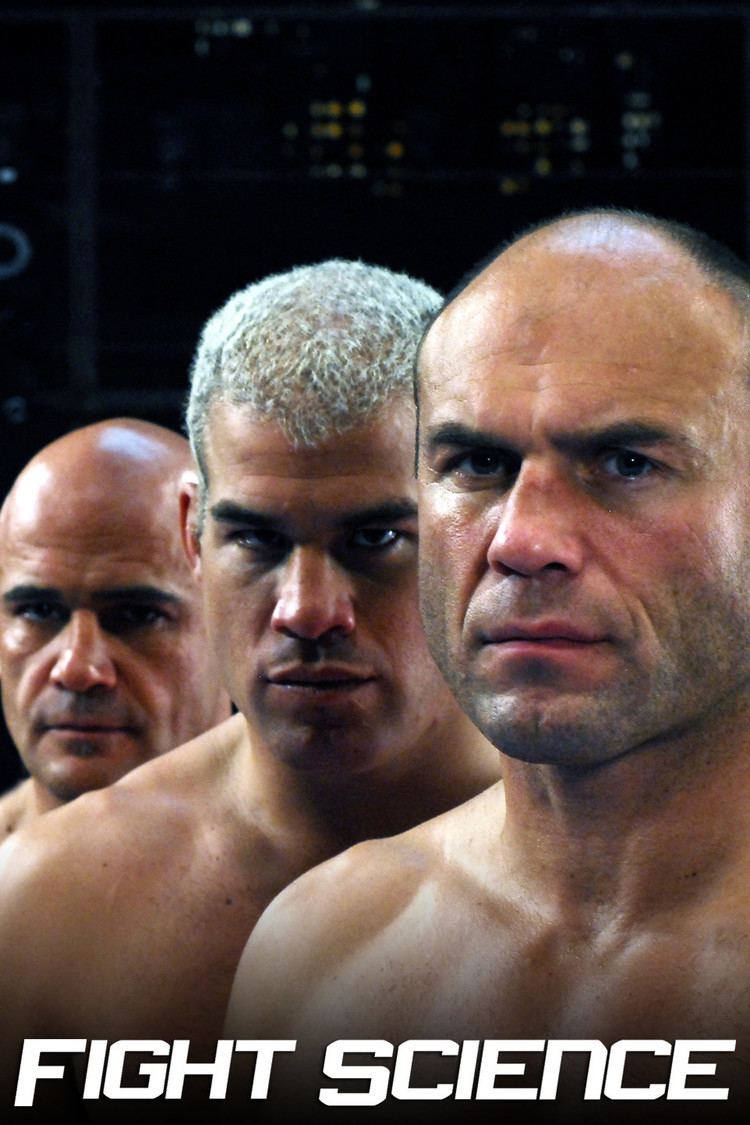8.2 /10 1 Votes
Country of origin United States First episode date 27 January 2008 Genres Sports, Combat | 8.2/10 IMDb Original language(s) English Language English | |||||||||||||||||||||||||||||||||
 | ||||||||||||||||||||||||||||||||||
Network National Geographic Society Similar Human Weapon, Fight Quest, Naked Science, Going Deep with David Re, Sci Fi Science: Physics o | ||||||||||||||||||||||||||||||||||
Gyroscope melt down national geographic
Fight Science is a television program shown on the National Geographic Channel in which scientists and martial arts masters work together to analyze the world's fighting techniques, to compare the disciplines and to find out which one has the strongest hits, kicks and deadliest weapons. The show also tries to prove through science if certain legends in fighting are possible, such as whether a one-punch knockout is possible or if ninja are as nimble and deadly as stories tell. There is also a feature on human strength, wherein a man hits his head on bricks in order to shatter them. The show had several spin-offs including Sport Science.
Contents
- Gyroscope melt down national geographic
- Fight like an animal snake
- Legend tests
- Weapon tests
- Episode list
- References
Narrator is Robert Leigh.
It featured fighters including Melchor Menor, Tito Ortiz, Bas Rutten, Randy Couture, Alex Huynh, Amir Perets, Mindy Kelly, Bren Foster, Amir Solsky, Glen Levy and Dan Inosanto.
All 3 seasons of the show can currently be streamed on TVNZ OnDemand.
Fight like an animal snake
Legend tests
Weapon tests
All weapons were rated on range, control and impact.
Episode list
Several follow-up episodes were released which focus on more specific fighting techniques and associated myths.
- Mixed Martial Arts - 2006
- Special Ops - 2007
- Fighting Back - 2008
- Fight Like an Animal - 2010
- Stealth Fighters - 2008
- Human Weapons - 2010
- Super Cops - 2010
- Ultimate Soldiers - 2010
